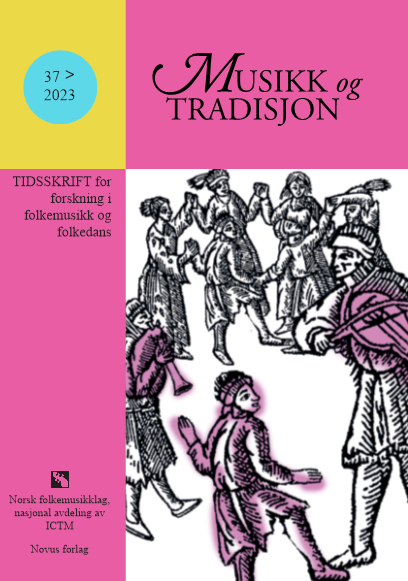Sammendrag
Instruments made from animal horns have apparently been used as far back as the Stone Age, mainly as part of the shepherd’s necessary equipment. The animal horn was too short to be overblown. Therefore, people started to put two or three finger holes, probably at the end of the Bronze Age, so that it was possible to play simple melodies or signals. In popular terminology, the fingerhole horn was often called “prillarhorn” (fingering horn) or “bukkehorn” (buck horn), despite the fact that a good part of the horns was made from horns from cows or bulls. Very little research has been done on the Norwegian “bukkehorn” tradition, and not much has been published about the bukkehorn either. In 1973, Reidar Sevåg’s book Det gjallar og det læt was published, which was the first publication to deal with this subject in a serious and scientific way. Since there are several aspects of the horn that are not touched upon by Sevåg, and because his material was limited, I have examined a larger quantity of horns to complement the material and conclusions of Sevåg. I have also included the assessments of Atle Lien Jenssen in his master’s thesis on the clarinet (tongue) horn (2010). I have chosen to concentrate on the instrument itself, with the main emphasis on the description of different types, designs and distinctive features of the “bukkehorn”. In addition, I have looked more closely at the geographical distribution of the two main types of the instrument.
Dette verket er lisensiert under Creative Commons Attribution-NonCommercial-ShareAlike 4.0 International License.
Opphavsrett 2023 Bjørn Aksdal

